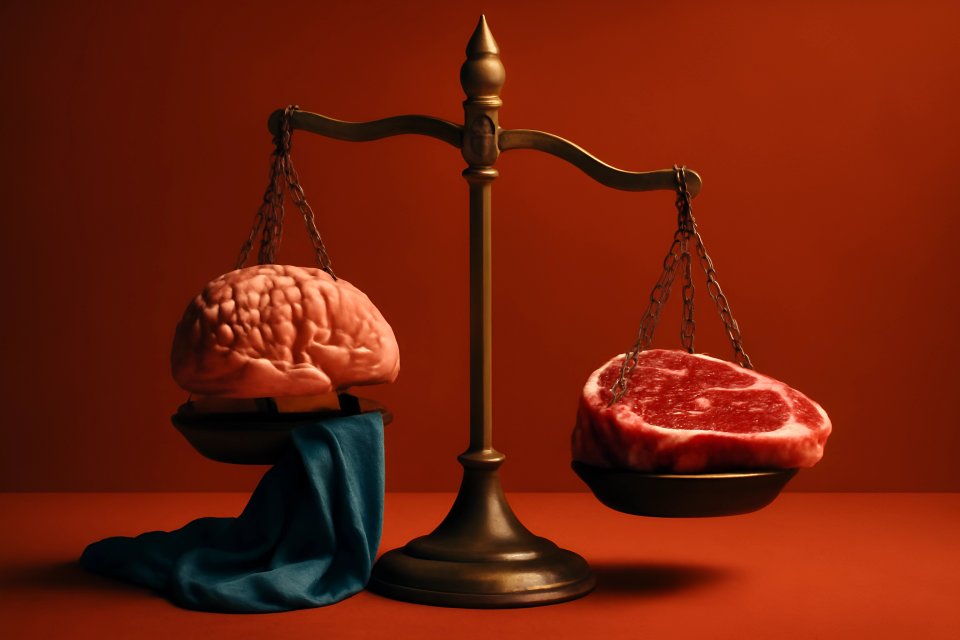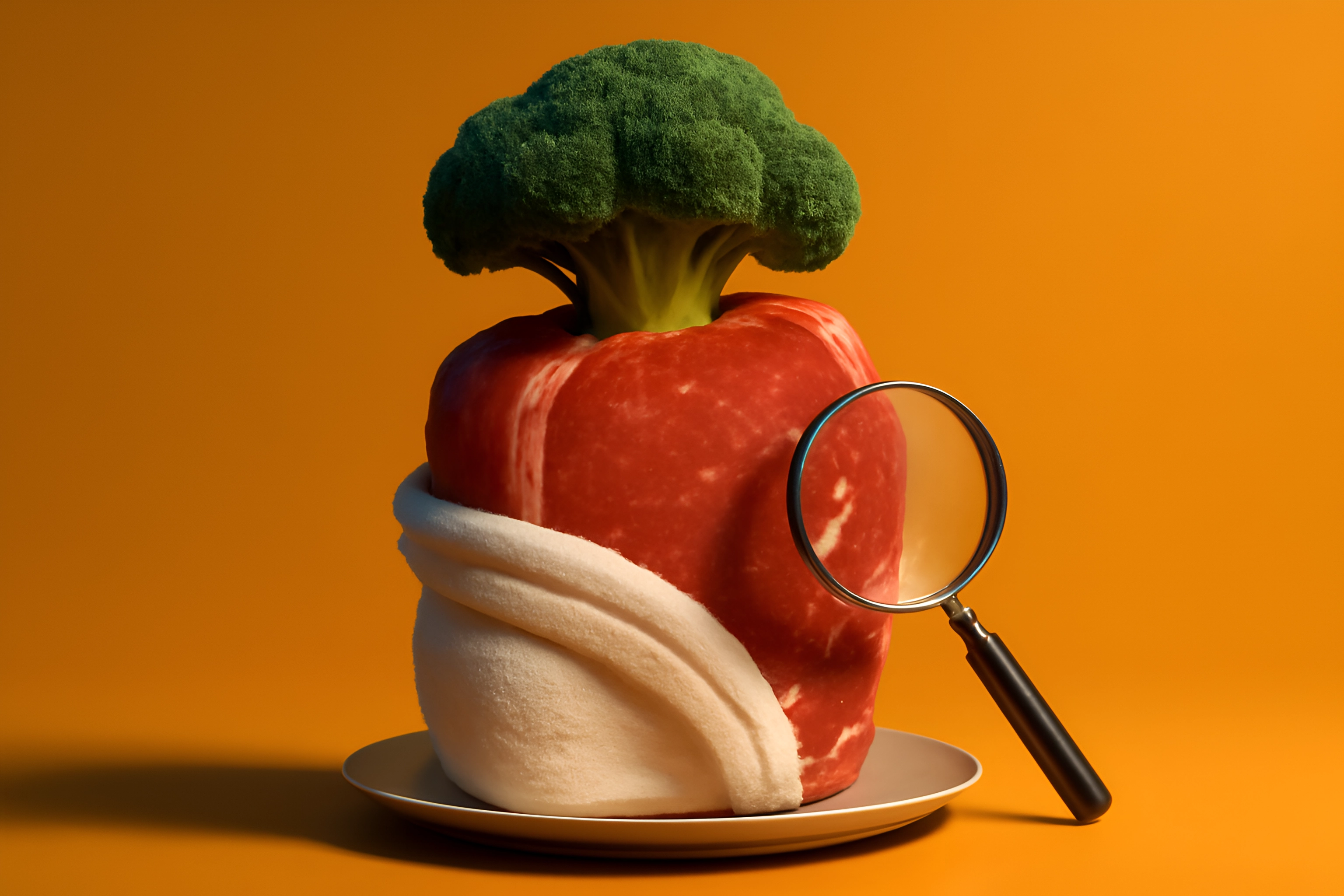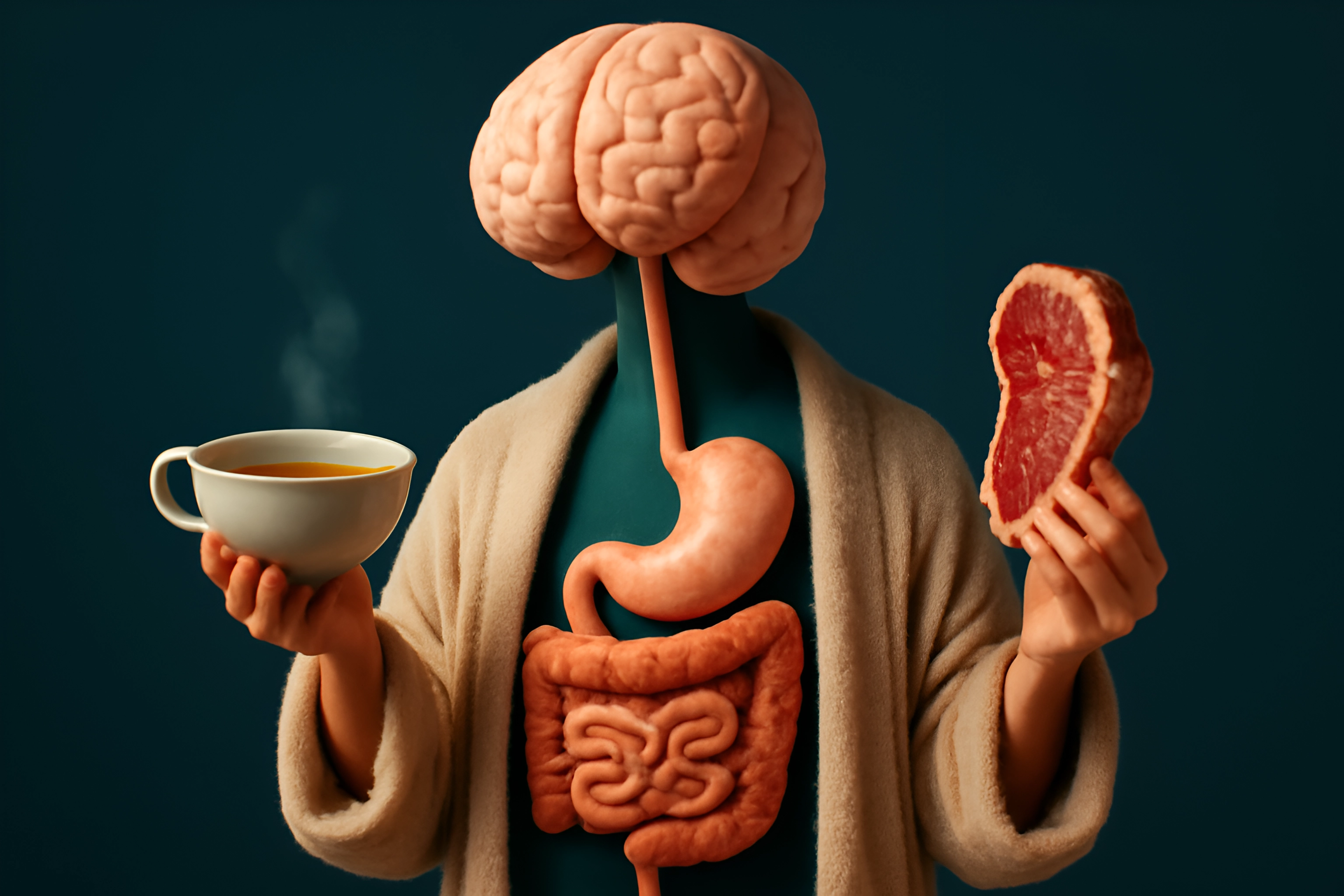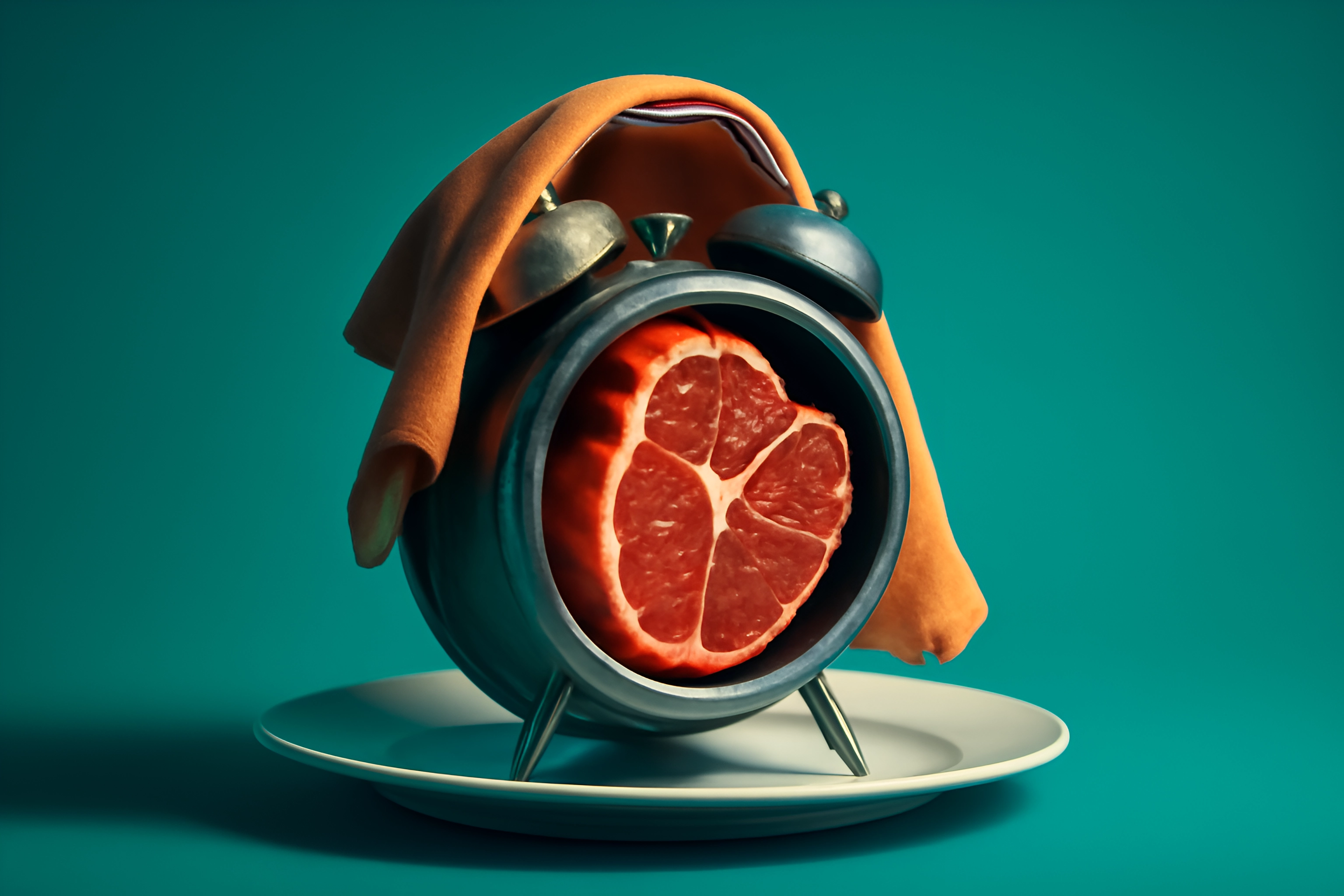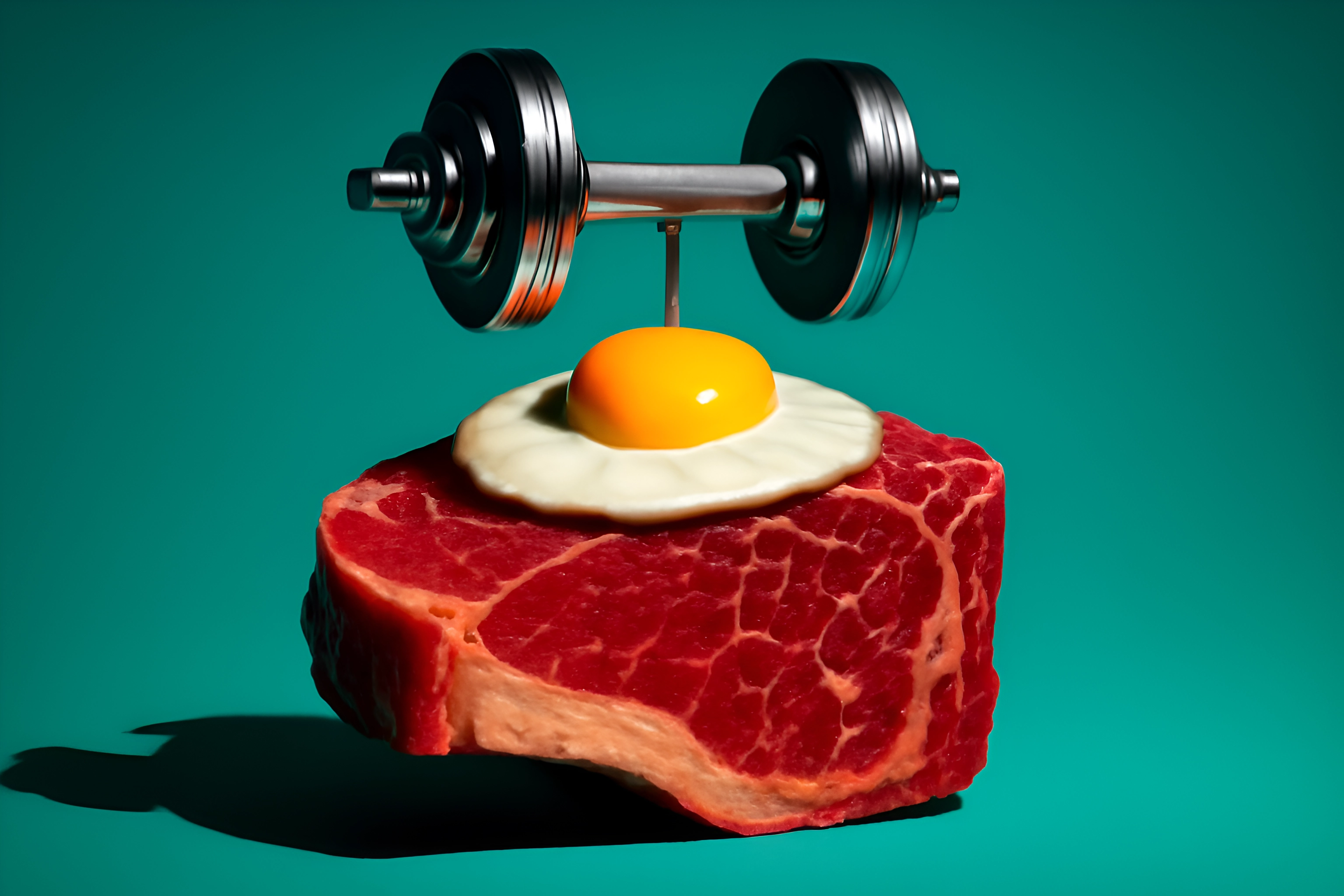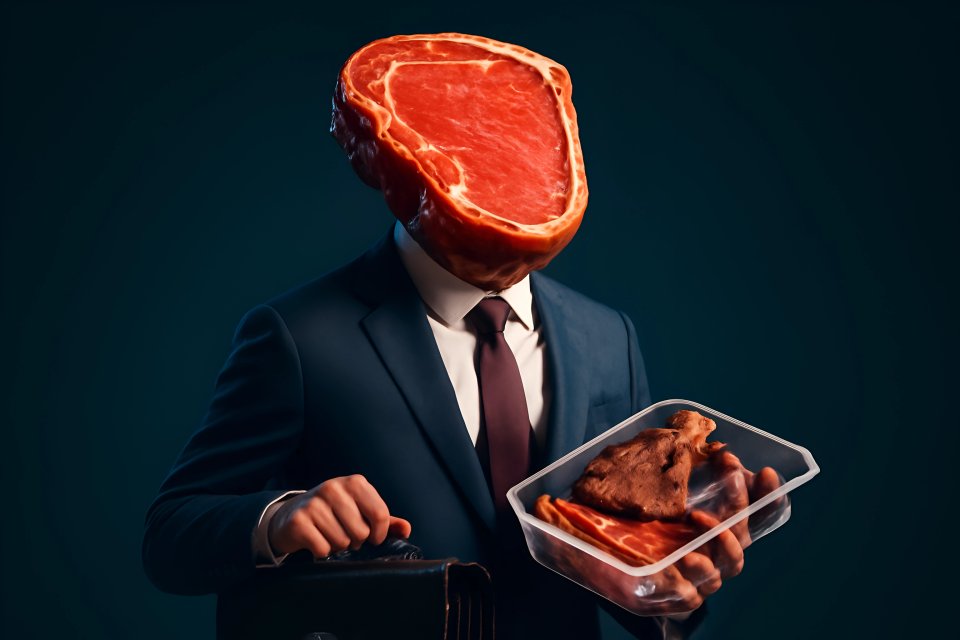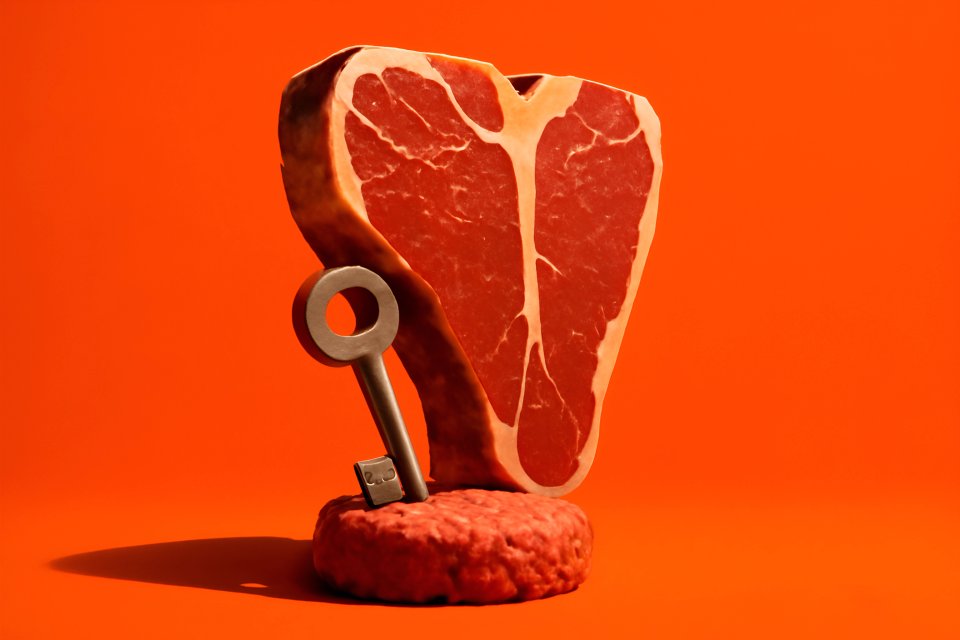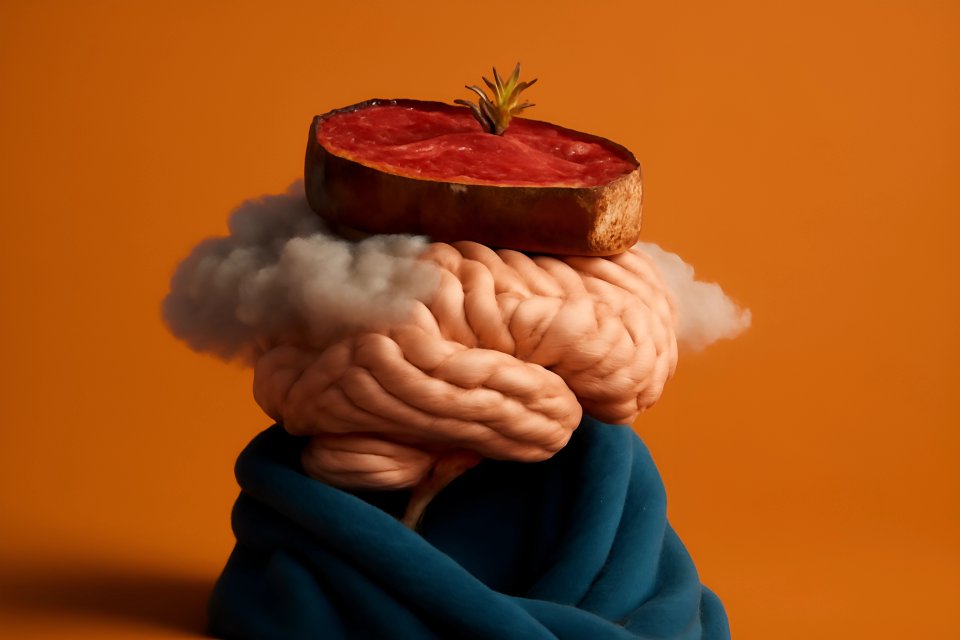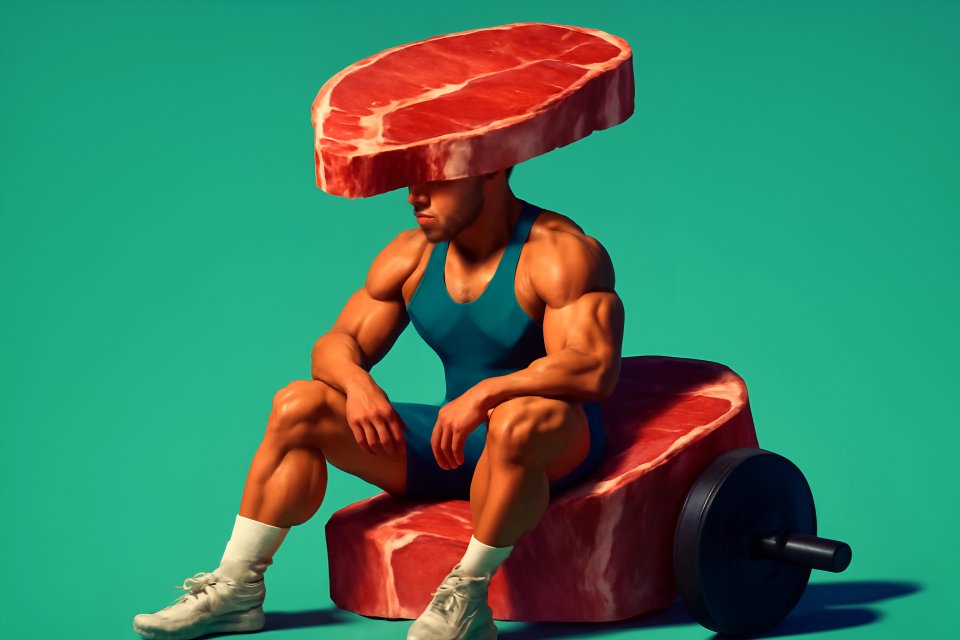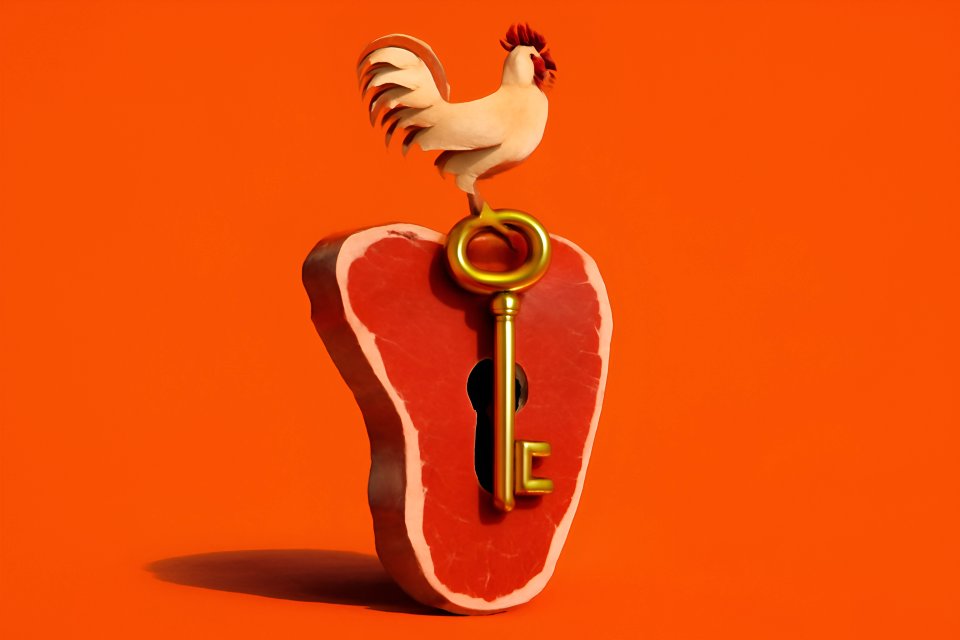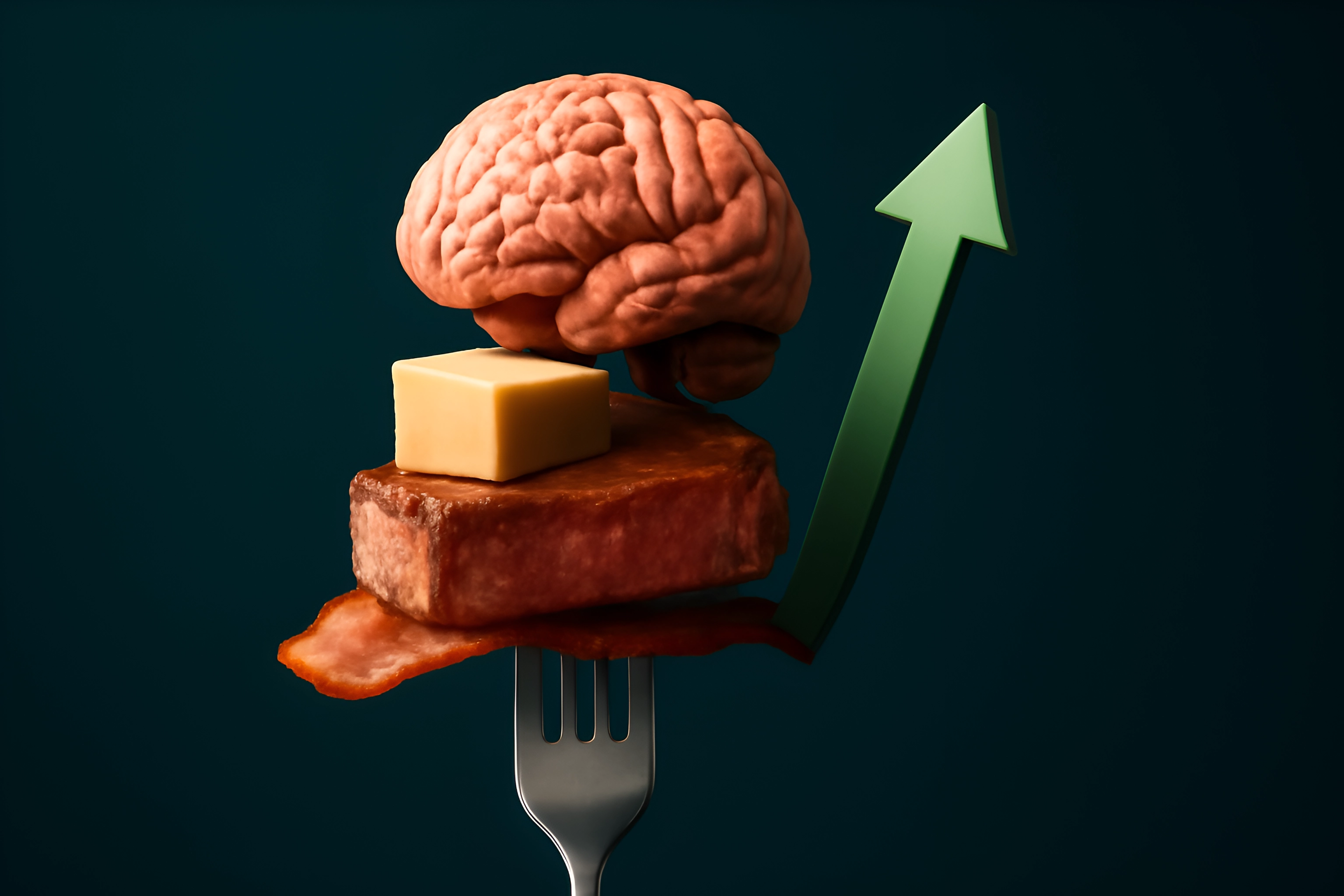
You’ve embraced animal-based nutrition and are already feeling the benefits—less inflammation, more stable energy, and a body that’s finally healing. Yet, you might feel like you're still operating at 90%, not the full 100% you were hoping for. Do you still wrestle with moments of brain fog, especially after a big meal? Are you chasing that next-level sharpness and effortless flow state?
The answer isn't a new supplement or a stricter rule. It's a subtle but powerful tweak that can unlock the final piece of your carnivore puzzle: dialing in your fat-to-protein ratio. This isn't about dogma; it's about biology. Let's break down the science and give you an actionable plan to find your personal sweet spot for peak mental clarity.
Fueling Your Brain: Why Fat is Your Mind's Best Friend
Your brain has two primary fuel sources: glucose (from carbs) and ketones (from fat). On a carnivore diet, you limit glucose, forcing your body to become "fat-adapted" and run on a cleaner, more powerful fuel. Your brain thrives on ketones. Studies show that ketones are a remarkably efficient energy source for brain cells, providing up to 70% more energy than glucose. This isn't just about quantity; it's about quality. Ketones reduce the neural inflammation that often drives brain fog and cognitive decline.
Here’s the catch: if you consume too much protein without enough fat, your body initiates a backup plan called gluconeogenesis (GNG), where the liver converts excess protein into glucose. While GNG is a natural survival mechanism, over-relying on it can reintroduce the energy spikes and crashes you worked so hard to leave behind, pulling you out of deep ketosis and clouding your mind. To unlock the full cognitive benefits of animal-based nutrition, you must give your brain the fat it craves.
Decoding the Ratios: From 1:1 to 2:1 and Beyond
When we talk about ratios on a carnivore diet, we’re referring to grams of fat versus grams of protein. A 1:1 ratio, for example, means eating 100 grams of fat for every 100 grams of protein. For most people, a 1:1 ratio is a fantastic baseline for general health. However, if your goal is elite mental performance, you may need to aim higher. The sweet spot for enhanced cognitive function and stable mood often lies in a higher-fat ratio, somewhere between 1.5:1 and 2:1 by grams.
This higher-fat approach elevates your blood ketone levels into a state of nutritional ketosis, often defined as being above 0.5 mmol/L, where the neuroprotective effects truly begin. Remember, there is no single perfect number. The goal is to use these tiers as a starting point and listen to your body to find what works for you.
Your Body is Talking: Signs of a Ratio Imbalance
Your body is the ultimate feedback system. If your fat-to-protein ratio is off, it will send clear signals. Are you experiencing persistent brain fog or finding it hard to concentrate, even hours after eating? Do you feel a sudden energy slump or a heavy, sluggish feeling—the dreaded "meat sweats"—after your meals? These are classic signs that you may be eating too much protein relative to fat, pushing your body into that inefficient GNG process. Constant hunger is another major red flag.
On the other hand, increasing your fat intake too quickly can also cause issues. Sudden digestive distress, like loose stools or nausea, is a clear signal that your gallbladder needs more time to adapt. This doesn't mean high-fat is wrong; it simply means you need to make the transition more gradually. Recognizing these signs is the first step toward making precise adjustments for your unique biology.
Your Practical Guide to Increasing Fat and Finding Your Flow
Ready to take action? Fine-tuning your ratio is a straightforward process of making smarter choices. It’s not about restriction; it’s about strategic addition.
Step 1: Choose Fattier Cuts of Meat
The easiest way to increase your fat intake is to build your meals around fattier cuts. Stop defaulting to lean sirloin and start prioritizing cuts that are naturally rich in fat. Make these the foundation of your diet.
| Go-To Fatty Cuts | Leaner Cuts to Limit |
|---|---|
| Ribeye Steak | Sirloin Steak |
| 80/20 Ground Beef | 93/7 Ground Beef |
| Chuck Roast | Filet Mignon |
| Pork Belly | Skinless Chicken Breast |
| Lamb Shoulder | Pork Loin |
| Fatty Fish (Salmon, Mackerel) | White Fish (Cod, Tilapia) |
You can find delicious ways to prepare these cuts in our guide to Ultimate Carnivore Recipes for Inflammation Reduction.
Step 2: Add Healthy Animal Fats as "Toppings"
Think of pure animal fat as your secret weapon for mental clarity. Don't drain the fat from your ground beef; leave it in the bowl. Add a generous pat of grass-fed butter to your steak right before serving. Melt a tablespoon of beef tallow or bacon grease and pour it over your meal. These aren't just calories; they are the building blocks for the ketones your brain needs to fire on all cylinders.
Step 3: Use "Fat Boosters" Strategically
For an extra cognitive edge, consider "fat boosters" between meals or with your morning coffee. A tablespoon of butter or ghee blended into coffee can provide a quick source of clean energy. Some carnivores even eat a spoonful of cold tallow or make simple "fat bombs" with butter and bacon bits to easily hit their targets.
Step 4: Track for a Short Time (Without Obsessing)
You don’t need to track your macros forever, but doing it for a few days can be an incredibly insightful diagnostic tool. Use an app like Cronometer for 3-5 days to get an objective look at your current fat-to-protein ratio. You might be surprised at how much protein and how little fat you’re actually eating. Think of this as gathering intelligence, not a long-term prison of numbers.
Step 5: Increase Fat Gradually
This is the most important practical step. To avoid digestive distress, increase your fat intake slowly. Add an extra tablespoon of tallow to your meal or switch from 90/10 ground beef to 80/20. Give your body a week or two to adapt, allowing your gallbladder to ramp up bile production to handle the increased load.
It's Not Just the Ratio: Supporting Factors for a Sharp Mind
While the fat-to-protein ratio is a powerful lever, it works best as part of a holistic approach. Don't let these other critical factors undermine your progress. First, electrolytes are non-negotiable. Sodium, in particular, is essential for nerve signaling. Dehydration is another primary cause of brain fog; even mild dehydration can reduce cerebral blood flow, starving your brain of oxygen. Salt your food liberally and stay hydrated.
Finally, prioritize sleep and nutrient density. Sleep is when your brain cleans house and consolidates memories. And don't forget the micronutrients that build a better brain—the B12, zinc, iron, and DHA found abundantly in animal foods, especially organ meats.
Reclaim Your Clarity: Final Thoughts
You are on the verge of a profound breakthrough. Mastering your fat-to-protein ratio transforms the carnivore diet from a simple healing tool into a high-performance protocol for your mind. By fueling your brain with the clean, efficient energy of ketones, you can finally silence the brain fog and unlock the sharp, resilient focus you deserve.
This is your journey. Use these principles as your map, but let your body's feedback be your guide. Listen, adjust, and experiment until you find the unique balance that makes you feel unstoppable. You have the power to become the expert on your own biology and build lasting mental clarity.
What has your experience been with finding the right fat-to-protein ratio for mental clarity? Share your tips and successes in the comments below!
Struggling with energy slumps or brain fog? Read our comprehensive post on Optimizing the Carnivore Diet for Mental Clarity for more solutions.
